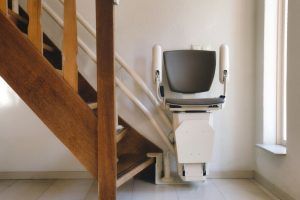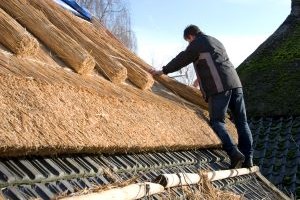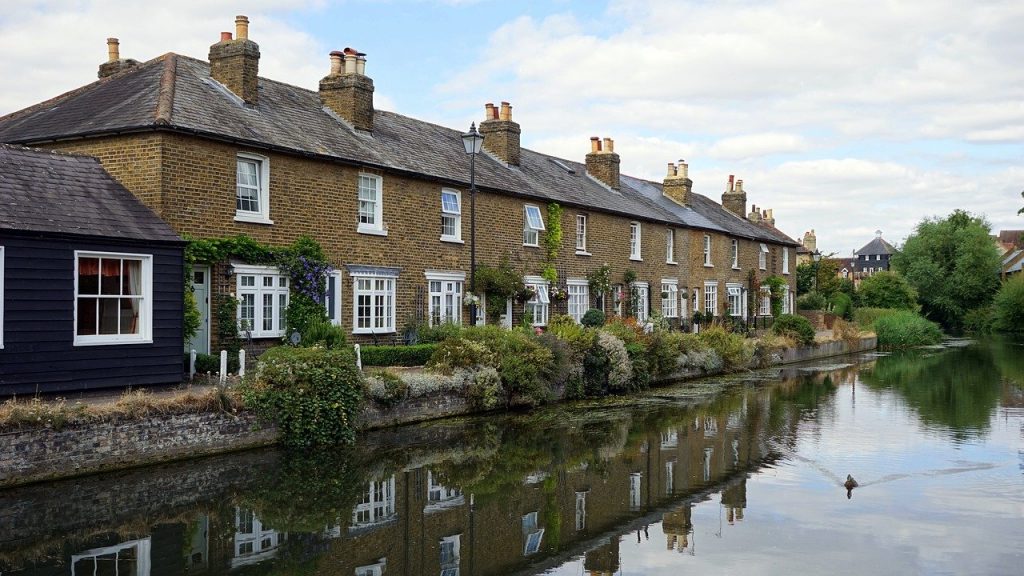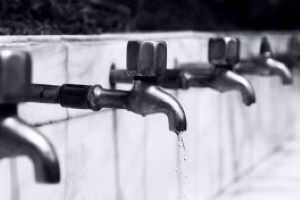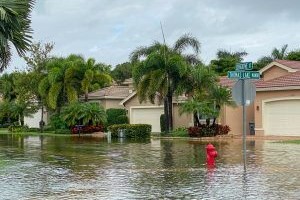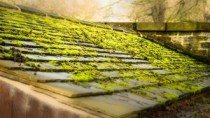
Depending on who you talk to, roof moss or algae is either a serious problem for UK roofs or absolutely nothing to worry about. In September 2012, the National Federation of Roofing Contractors (NFRC) went so far as to say that “moss on roof tiles is rarely a problem”, adding that it only needs to be removed if it starts blocking gutters and other drainage points. The federation is also dead set against many of the ‘violent’ methods used to remove moss, as these can cause even more damage than the moss in the first place.
However, many roofing specialists maintain that moss and algae can cause severe damage to roof tiles and advocate removing the growth as soon as possible to prevent serious problems from developing. Most roofing specialists also advocate ‘non-violent’ removal methods so that tiles and shingles aren’t broken during the cleaning process.
Let’s take a closer at the problem and possible solutions.
What Causes Roof Moss?
Moss is a weed that grows particularly well in the shade and damp. It’s not fussy about roof material, growing on everything from wood and metal to asphalt and clay. It’s partial to north-facing roof sections but will grow anywhere the conditions are right.
Algae spores also love high humidity levels and shade, and they are particularly happy on roofs that have limestone fillers in the tiles, slates or shingles.
What Does Moss Do to a Roof?
If left unchecked, moss and algae can take years off your roof’s life. Moss’s roots trap dampness in roof tiles, which leads to rot and erosion. It can also cause the tiles, shingles, etc. to rise, which allows for more moisture and which also makes the tiles vulnerable to strong winds.
The actual roofing material can also be eroded, which can make it breakdown more quickly and which also affects your roof’s insulation and UV deflection capabilities.
How to Get Rid of Moss
There are several moss removal techniques, some more recommended than others. Remember that the best removal method involves you picking up your phone and calling a professional. Roof specialists have all the correct safety equipment and are up-to-date with all the latest techniques, and their work is usually guaranteed.
If you are quite determined to try it on your own, here are some tips:
- Gentle Brushing
Use a long-handled brush to dislodge the moss gently. Don’t scrub the tiles or shingles with all your might because you might break them. Another top tip is to always brush in a downward direction so you don’t accidentally loosen the tiles. Once the moss is loose, you can spray it with a biodegradable moss cleaner (oxygen bleach will also do) and rinse. Never spray liquid at an upward angle as this could get under the tiles and make the problem worse.
You can make your own natural liquid cleaners using dish soap and water, apple cider vinegar and water, lemon juice and water, baking soda and water and salt and water.
- Metal Effect
Rich Hudson recommends attaching a zinc strip or copper wire to the apex of your roof or just below the ridge. When the strip or wire gets wet in the rain, it creates an alkaline liquid which will the moss and prevents regrowth.
- Power Washing
High-pressure washing is fairly contentious in moss removal circles. Some argue that it does more harm than good, while others argue that when used correctly it is the most effective treatment. Professionals believe that it is the best method for clay, concrete tiles, slates, asbestos and metal roofing sheets but emphasises that it is not good for shingles or flat garage roofs.
- Clean the Entire Roof
Don’t just clean the bits of roof with visible moss and algae. Curt Johnson says that moss is invisible to the naked eye when it first starts developing, but the potential for a problem is still there. Once it becomes visible damage has already been done.
- Prevent Regrowth
Once your roof is moss-free, you want to keep it that way. So make sure you regularly prune overhanging branches and your gutters are always clean.
